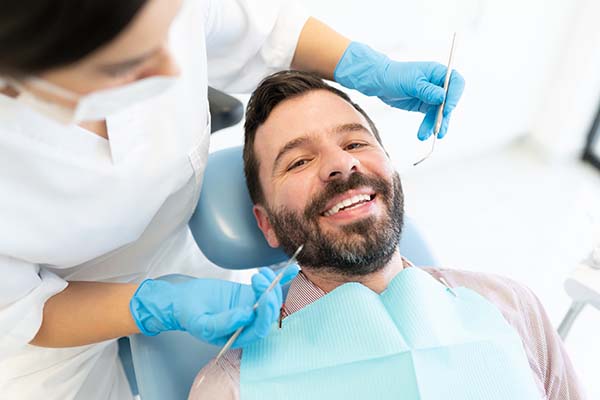An Orthodontist Answers Gaps in Teeth FAQs
 An orthodontist can help you to close up abnormal spaces between your teeth. The condition is termed diastema, and it ruins the appearance of your smile. Large spaces between teeth are normal for children, but these spaces normally close up as their remaining teeth erupt.
An orthodontist can help you to close up abnormal spaces between your teeth. The condition is termed diastema, and it ruins the appearance of your smile. Large spaces between teeth are normal for children, but these spaces normally close up as their remaining teeth erupt.
Spaces between an adult’s teeth can be the result of an orthodontic problem. Some people choose to leave them unaddressed, particularly if it only affects their front teeth. An orthodontist can help those who would rather have the gap closed.
Our orthodontist answers FAQs about gaps between teeth
Dealing with a large space between your teeth? Here are the answers to some of the questions you might have:
1. What causes diastema?
There are various reasons why a person might develop an abnormal space between their teeth. In some cases, it might result from their jaw being too big, while others develop the condition due to their teeth being too small. Genetics often plays a role in the size of a person’s jaw and teeth, so the condition might be hereditary. Gum disease can also lead to spaces forming between teeth since it damages bone and gum structures in the mouth. Habits like tongue-thrusting and thumb-sucking can also lead to diastema.
2. What occurs if I don’t get the gap between my teeth fixed?
For the most part, nothing. Spaces between a child’s teeth typically close up by the time all their adult teeth emerge. Most people who seek treatment for diastema that affects their front teeth typically do so for cosmetic reasons. However, gaps between posterior teeth can turn into a food trap, making the teeth surrounding them more vulnerable to decay.
3. How does an orthodontist treat diastema?
There are a variety of treatment options that can lead to diastema. Treatments are usually recommended based on the root cause of the patient’s condition. Some of the ways a dentist might opt to address a large space between a patient’s teeth include:
- Orthodontic appliances: Diastema caused by poor teeth alignment can be fixed with orthodontic devices like braces. These devices exert pressure on the patient’s teeth, slowly pushing them into a better position and closing up abnormal spaces between them. Treatment times with these devices can be anywhere from 12 to 36 months
- Composite bonding: Gaps between teeth can be closed up by applying composite resin to the area. The composite can be used to increase the bulk of the two teeth closest to the gap, closing it up. It is a non-invasive procedure that is completed during a single dental visit
- Crowns: Dental crowns can be used to provide a more permanent cosmetic fix for diastema. The two teeth closest to the gap have oversized crowns placed on them, closing up the space between them. It provides a long-term solution that can last for up to 25 years
We can fix your smile
Diastema can ruin the way your smile looks, regardless of how healthy your teeth are. Call or visit our Long Beach clinic to set up an appointment with our orthodontist.
Request an appointment or call Paramount Dental Care & Specialty at 562-450-1261 for an appointment in our Long Beach office.
Related Posts
Your orthodontist can help straighten your teeth with the right treatment. Misaligned teeth can cause many dental issues. Correcting the issue can improve your dental health and self-esteem. Here are the common teeth straightening options to consider with the help of your orthodontist.These dental straightening appliances fit comfortably around the dental arches. Each custom aligner…
Wearing braces gives you a lot to think about leading up to and during the treatment. The process can be successful and produce the results you want. Whether you have crooked teeth, bite problems, or a crowded mouth, you can soon have a new smile. However, there are some important guidelines to follow during this…
Misaligned teeth often cause secondary oral health issues that affect a person’s daily life. This is why dentists need to monitor the growth and development of the teeth and jaws starting from when the patient is a young age. These periodic dental checks allow for early detection and intervention for orthodontic problems.While an orthodontist would…
